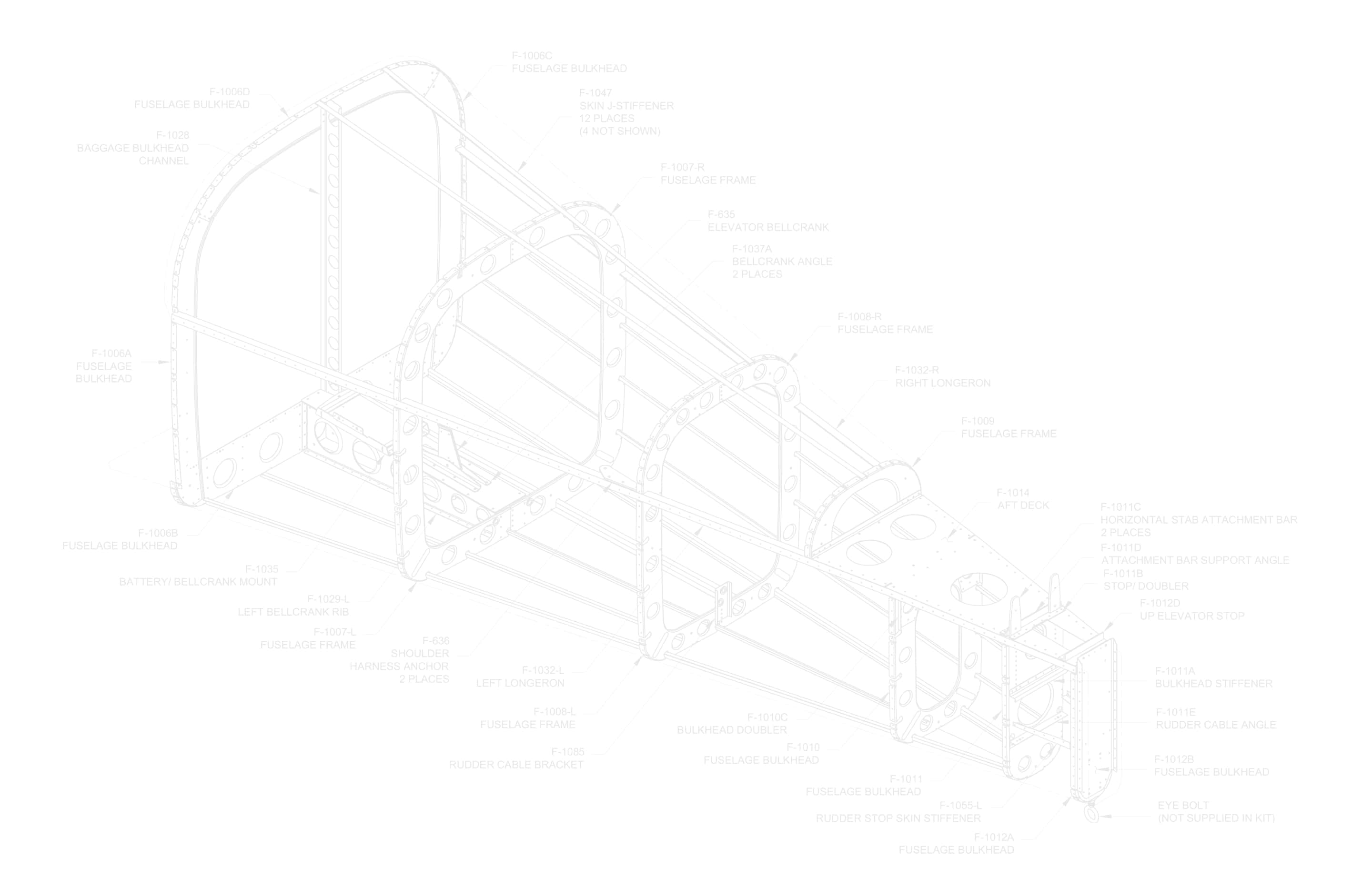- Four Real Seats
- Unlike many four-place aircraft, the RV-10 will allow you to fly with four actual, full-sized adults on board - in comfort and with plenty of room to spread out and relax.
- Truly Useful Load
- It's a real hauler: Load up the family, up to a hundred pounds of baggage and a full load fuel - all while maintaining that great RV climb rate and speed.
- Total Performance
- Want to get there quickly? Need to land or take off short? The RV-10 cruises near 200 mph while delivering great short-field performance, even at maximum gross weight.
- RV-10
 Your Mission: Transport four people, take off and land short, get there quickly and in comfort, look great while doing it. With tricycle gear and plenty of room in the spacious cabin for four, the RV-10 will take you and the family where you want to go both quickly and in style.
Your Mission: Transport four people, take off and land short, get there quickly and in comfort, look great while doing it. With tricycle gear and plenty of room in the spacious cabin for four, the RV-10 will take you and the family where you want to go both quickly and in style.



